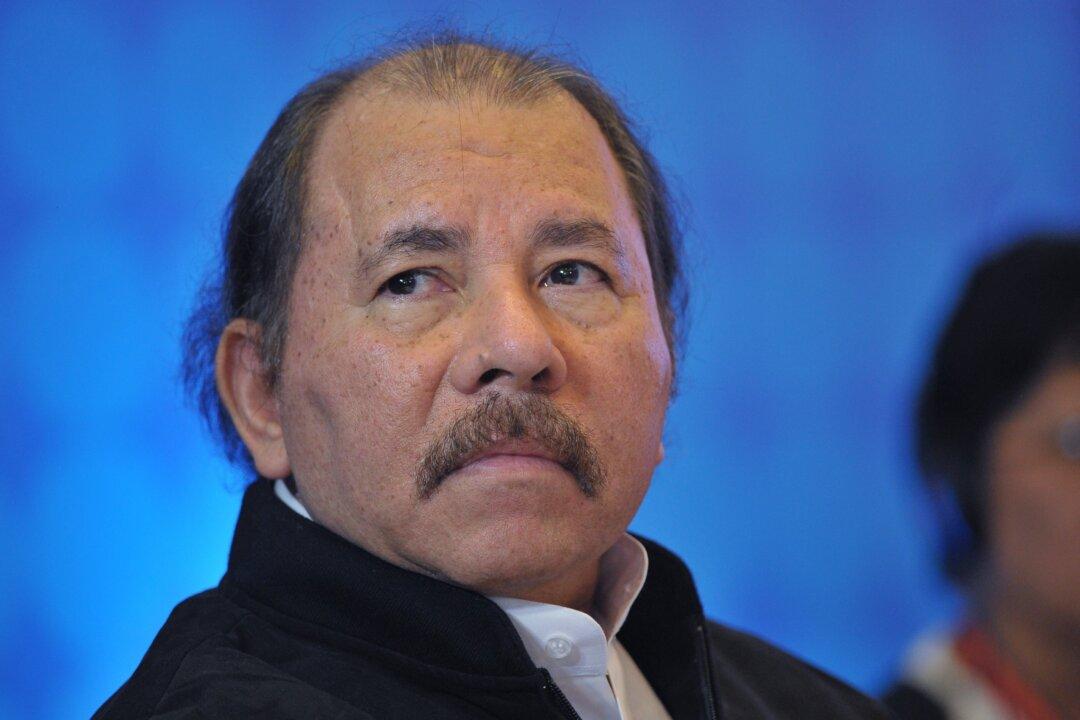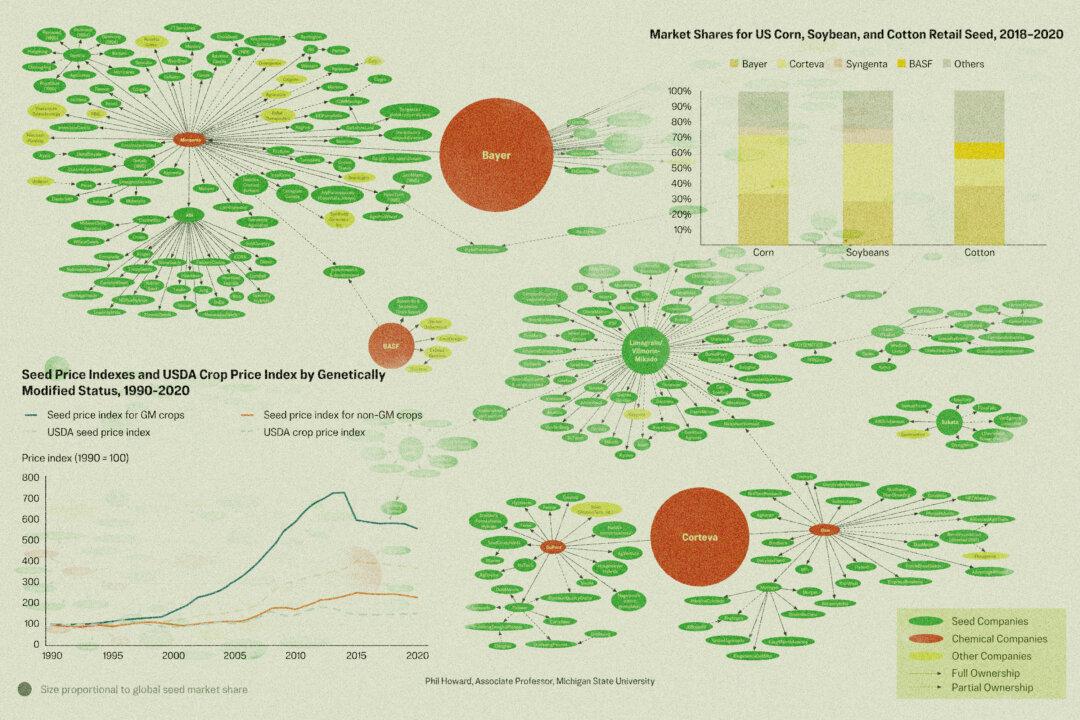The Catholic Church has been an enduring symbol of Nicaragua’s resistance to the regime of President Daniel Ortega since 2018. Consequently, the institution’s peaceful defiance has firmly placed church leaders and the faithful in Ortega’s crosshairs.
Tensions escalated between the Catholic Church and Ortega on March 18, when the Vatican closed its embassy in Managua. Earlier that week, Ortega had lashed out at Pope Francis, who compared the president’s administration to a Nazi dictatorship during an interview with Argentine news organization Infobae.





